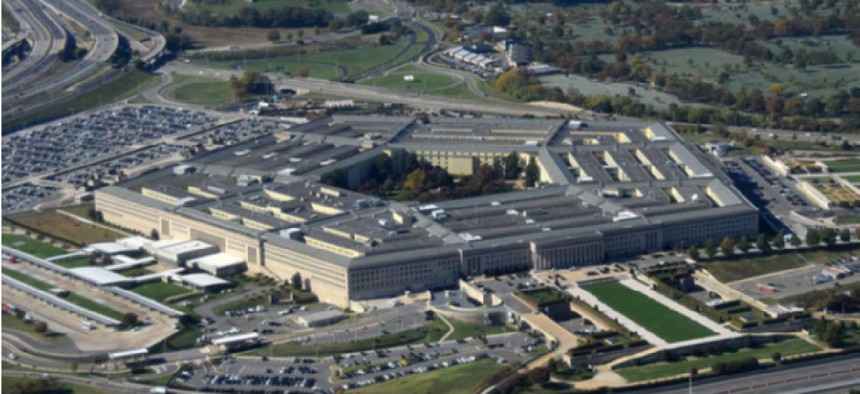Data analytics will fuel the future of military readiness
As DOD modernizes, making better use of its vast data stores is essential.
The U.S. military must ensure that it remains one step ahead of today’s increasingly prevalent threats to national security. To accomplish this Herculean task, decision-makers across the Department of Defense must ensure that their troops are agile and ready to take on any mission.
However, readiness can be a significant challenge across the DOD, often due to how data is separated and stored in different repositories. As a result, this valuable data is less accessible and more challenging for stakeholders to analyze. Without a central hub for all relevant data, senior defense leaders lack the visibility they need to make savvy judgements about their military branch’s readiness level.
This challenge has not gone unnoticed and some DOD agencies are already planning to tackle this exact problem. For example, the Defense Health Agency recently announced its plans to consolidate the current data storage systems in use and replace it with an integrated electronic health record system.
In an effort to gain this knowledge and improve military readiness, the DOD plans to allocate part of its FY 2019 budget toward various modernization projects. The U.S. military can reach its modernization goals by leveraging cutting-edge data analytics, which provide greater visibility of everything from skill specialties of personnel to equipment inventory. Arming senior leaders with these tools gives them access to a myriad of critical data points within seconds, enabling them to make informed decisions about the mission-preparedness of our military troops.
Monitoring soldier health
Soldier health should be closely monitored, as it is a tremendous factor in overall military readiness. Unfortunately, defense leaders don’t have the time or resources to sift through inaccurate data only to find that half of their proposed troops can’t deploy because of medical conditions.
This is where data analytics can remedy notorious challenges. Through the use of data analytics, ranking military leaders can achieve full visibility of a soldier’s medical status within seconds. Not only does this improve readiness by assuring that troops are fully able to deploy, it also helps non-deployable soldiers recognize that they need to seek medical attention in order to obtain mission-ready status.
Surfacing personnel for special-training missions
From staffing a specialized unit to finding a soldier with a highly unique set of skills, data analytics seamlessly enables military leaders to uncover top talent for any mission, regardless of specificity. With the click of a button, military leaders are able to narrow their personnel search from tens of thousands to a select few. As a result, they can improve their accuracy and efficiency when making critical staffing decisions.
For example, if there is a mission that requires a soldier who speaks Farsi, data analytics can help military leaders seamlessly narrow down the available options in their talent search by only displaying soldiers who can speak the language. If another objective requires that same soldier to have a specific weapon specialty, it will further refine the results and show only the soldiers who meet both the language and weapon requirements. Utilizing data analytics for these types of scenarios will help military branches across the DOD enhance their readiness and ultimately achieve greater mission success.
Tracking equipment readiness
Though current modernization efforts aim to quell the degradation that affects outdated military equipment, tracking the systems that need to be replaced is still a major issue that our troops are currently facing. There are tanks, helicopters, ships and weapons that are no longer capable of performing at the highest standard, usually because they are older models or need extensive maintenance. It is vital that troops are armed with the intelligence to easily identify what systems are not suitable for current use.
Data analytics can provide military leaders with the intelligence needed to quickly uncover the current operational status and location of equipment. Defense leaders can easily leverage accurate data to make decisions if a tank needs to be transported from one military base to another, or if a helicopter needs to undergo necessary maintenance updates. Without the technology needed to effectively track a machine’s readiness status, it greatly hinders training and defense operations.
As the DOD takes greater strides toward modernization, it’s imperative that the agency also invests in tools, starting with data analytics, that will allow them to achieve greater mission readiness, from managing their workforce to monitoring military equipment.
NEXT STORY: Los Alamos deploys drone defenses





